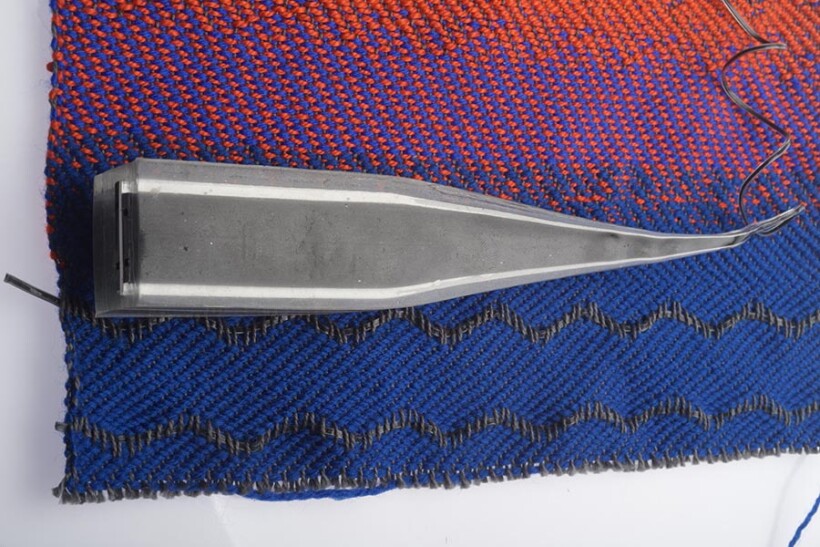Fabric microphone picks up acoustic vibrations
Humans and their prehistoric ancestors have been making yarn and fabric for thousands of years. But even with that long history, textiles are still an active area of materials research (see, for example, “Spinning a good yarn,” Physics Today online, 14 March 2022
But making sound-detecting fabrics has been challenging. For one, fabrics usually dampen sounds, so they must be constructed in ways that avoid sound dissipation. In addition, designs should ideally maintain the desirable traditional properties of fabrics: aesthetics, comfort, washability, and flexibility.
To overcome those issues, Wei Yan
The human ear’s listening capability begins with the tympanic membrane, commonly known as the eardrum. It’s composed of high-modulus fibers that convert a pressure wave propagating through air to a mechanical vibration that oscillates the middle-ear bones. Once that vibration reaches the cochlea in the inner ear, hair cells called cilia deflect and convert the vibration to an electrical signal that’s then interpreted by the nervous system.
Yan and Fink’s design replicated the human auditory system: A planar fabric acts as the tympanic membrane. To transduce the acoustic pressure waves in air to electrical signals, a composite active-layer flexible fiber—the horizontal zigzags at the bottom of the image—is interwoven in the fabric.

Courtesy of Yoel Fink and Greg Hren, MIT
The fiber is made of six materials, including piezoelectric ceramic particles. It is first formed into a large scaled-up model called a preform, seen on top of the woven fabric in the photo. The preform is then heated in a vertical furnace called a draw tower and extended to dozens of meters of acoustic fiber. After the fiber is drawn, it’s connected to a high-voltage source that orients the piezoelectric domains to activate the fiber. Such a process could also be easily scaled to commercial levels of production.
When a sound wave hits the fabric, it creates nanometer-scale waves. The fiber bends with the waves while the piezoelectric layer in the fiber deforms and generates an electric charge, which is then transported the length of the fiber via two copper wires.
Whereas a single fiber in a fabric detects sound, a couple of fibers can discern its direction. In a proof of concept, two of the acoustic fibers were woven into a cotton shirt. The researchers used the difference in the path length of a handclap’s sound wave traveling to each fiber to determine to single-degree accuracy the direction of the acoustic source.
Besides acting as a microphone, the new fabric generated sounds in the audible frequency range when a small AC voltage was applied to the shirt. The acoustic source and receiver applications may prove helpful, for example, to people who have hearing impairments and doctors who want to monitor an unborn baby’s heartbeat. (W. Yan et al., Nature, 2022, doi:10.1038/s41586-022-04476-9
More about the Authors
Alex Lopatka. alopatka@aip.org